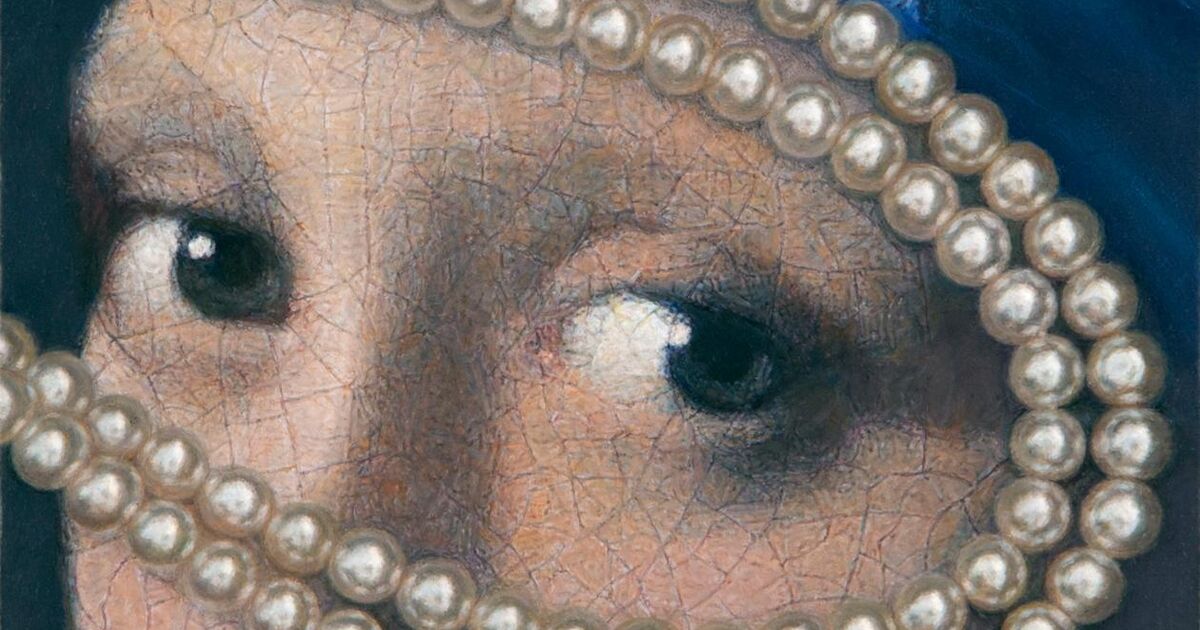Pearls are one of the oldest stones that were discovered, and ever since ancient times, people have treasured them for their beauty as well as the religious and cultural importance that is associated with them. Pearls have served as the subject of a vast number of works of art throughout the course of a number of centuries, and these pearls have virtually always transmitted some kind of message or comparison to the viewer. In the following, we shall examine several of those symbols in further depth.FACT AND FICTION: WHAT DO PEARLS SYMBOLIZE?

Imperfection
Pearls are a popular topic for paintings created throughout the Renaissance and the Baroque periods, which may be found in art galleries. The word "baroque," which now refers to beads with irregular forms, once referred to beads with these shapes, and for a substantial length of time, these pearls were not acknowledged. The term "baroque" today refers to beads with irregular forms. When the new architectural style began to gain popularity in Europe in the 17th century, critics jeeringly labeled the style "Baroque," indicating that the structures were unsightly, like to baroque pearls. This led to the style being mocked. However, this architectural style eventually became popular, as did the use of baroque pearls in jewelry at the same period. Both of these trends emerged about the same time.Here's What No One Tells You About Pearl Necklace
Both sexual content and affection
Venus, the Roman goddess of love and beauty, is said to have sprung from the sea like a pearl in one of its many legends. Pearls may be seen covering the model's skin in some of the pieces of art, which show her wearing very little clothes. Venus was also notorious for having several extramarital relationships, one of which was with Mars, the god of war. One of these occurrences stood out from the others more than the others. According to the legend, her spouse Vulcan was responsible for luring Venus, Mars, and Cupid to their marriage bed, where they were then made fun of by the other gods. Cupid was the love child of Venus and Mars. An artist by the name of Vignon captured this moment in time on canvas.Pearl Necklace From Tiktok

Affluence and the indulgence of oneself
Before the culture of pearls became a feasible option, natural pearls were incredibly difficult to find and highly costly. Cultivated pearls, on the other hand, are produced intentionally. During the whole of the 17th century, the economy of the Netherlands was thriving, which led to a significant rise in the population's overall wealth. This phenomenon was seen by the Dutch people. In addition to this, this time period was also marked by a blossoming of the arts. In portrait paintings created during this time period, pearls were a frequent ornament, and the people shown wearing them varied from lowly housemaids to affluent nobles.Pearl Necklace Choker Saturn Guide
A portrait of King Philip IV of Spain was commissioned by the king to be painted by an artist. In the portrait, the king is seen wearing a hat that is adorned with a lovely plume that is held in place by a large pearl. King Philip was well-known for his lavish spending habits, and one of his favorite things to do was go on treasure hunts in search of unusual pearls. It was well known that King Philip had insanely extravagant spending habits. In point of fact, his frivolous spending depleted the riches of the Crown and expedited Spain's collapse as a worldwide force. Moreover, he accelerated the decline of Spain as a global power.Pearl And Planet Necklace Guide
Anna Hofsteek, the epitome of chastity, virginity, and womanhood, is depicted in a classic Dutch painting by Nicolaes Maes from the 1660s dipping her hand in a fountain while wearing an exquisite display of pearls in her hair, neck, and bodice. The painting is believed to have been created in the Netherlands. The Dutch are responsible for the creation of the picture. During the time period in question, portraits similar to this one were produced rather often. This photograph served as proof that Anna was a virgin, which was a quality that was held in very high regard for young women who were still single and living in that era. Pearls and water have both been regarded for a very long time as archetypes of purity and femininity, respectively.
Paintings of the Virgin Mary, which may be seen in a variety of locations across the globe, often include pearls into their designs. One such instance is the painting of the Virgin and Child that was completed by Carlo Crivelli in the year 1480. The Virgin Mary Reading is another one of Antonello da Messina's works. This one was painted in the 16th century. In each of these pieces, the Virgin Mary is shown with pearls on her head in the shape of a crown and on her chest in the form of a brooch. Pearls, which were employed as a symbol of her purity and virginity, were normally spherical, entirely white, and shined with a breathtaking clarity.

Pearls, and in particular black pearls, were seen as a symbol of enlightenment in the early Chinese civilization. This was especially true for black pearls. Knowledge and the Authority of the Empire It is thought that pearls were first formed in the brains of dragons, and after they had achieved their full maturity, they were kept in the crevices that existed between the dragon's teeth. A dragon is shown with a pearl in its jaws in a significant number of works of art that originate from China.
We can all agree that pearls are attractive, and that a woman who wears them would feel fantastic about herself. This is true even if we no longer put as much importance on the historical connotations and contemporary interpretations of pearls.